Astronomers propose that an infrared glow observed in Jupiter’s atmosphere may be dark matter particles colliding.
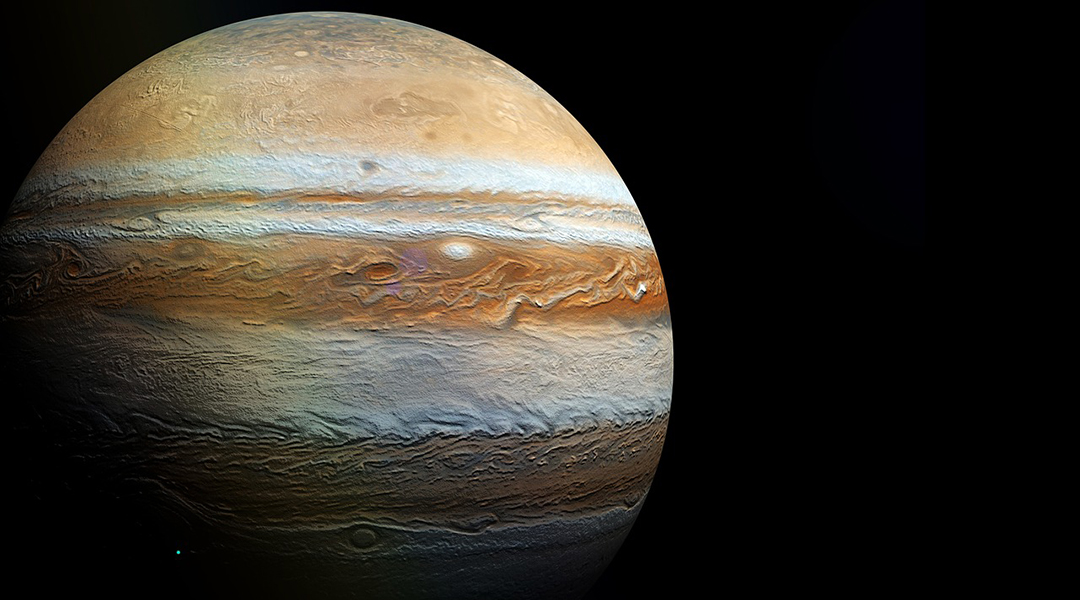

Astronomers propose that an infrared glow observed in Jupiter’s atmosphere may be dark matter particles colliding.
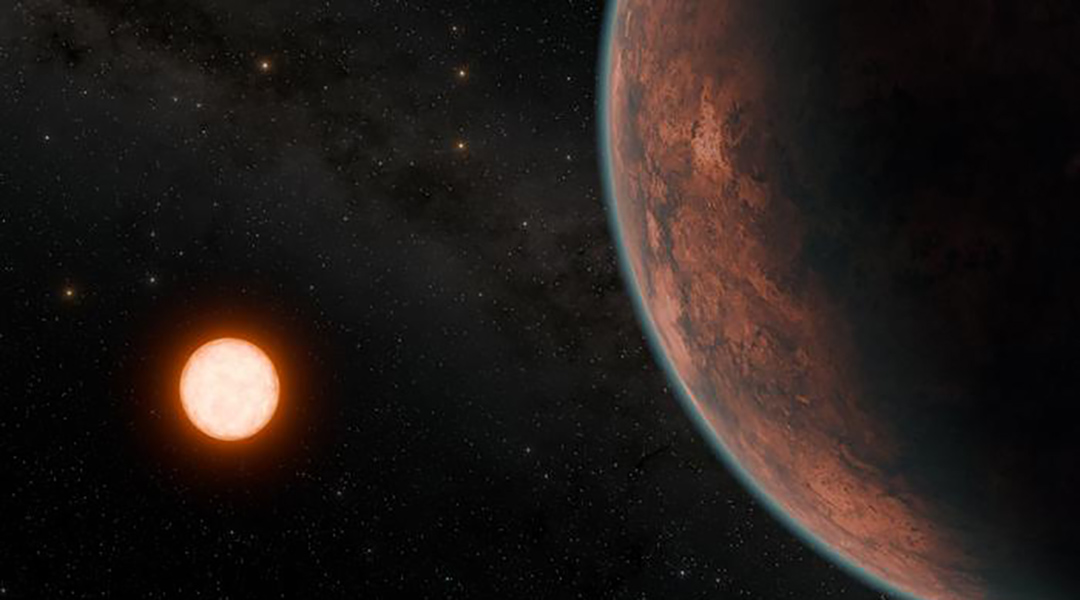
Orbiting a cool, red dwarf star, Gliese 12 b offers insight into atmosphere retention near stars, sparking new questions about habitability.

With its unique carbon fiber skeleton, this jumping robot closely mimics the energy-storing tissue found in insects.
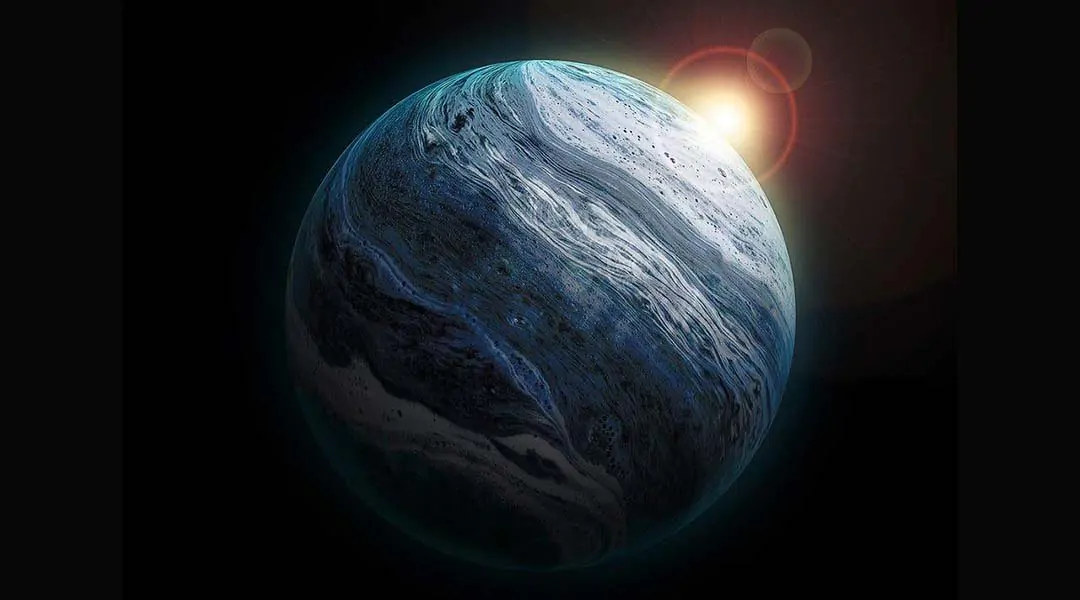
Scientists investigate “hycean” exoplanets with hydrogen-rich atmospheres and liquid water oceans, challenging traditional definitions of habitability.
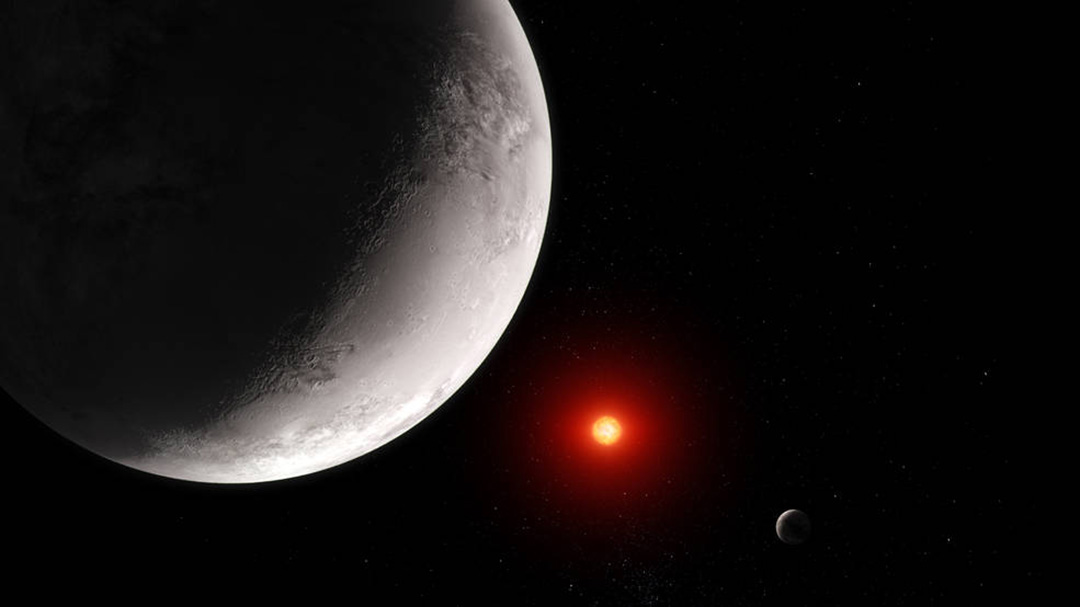
Recent investigations of this rocky exoplanet signify a significant milestone in planetary science and for the James Webb Space Telescope.
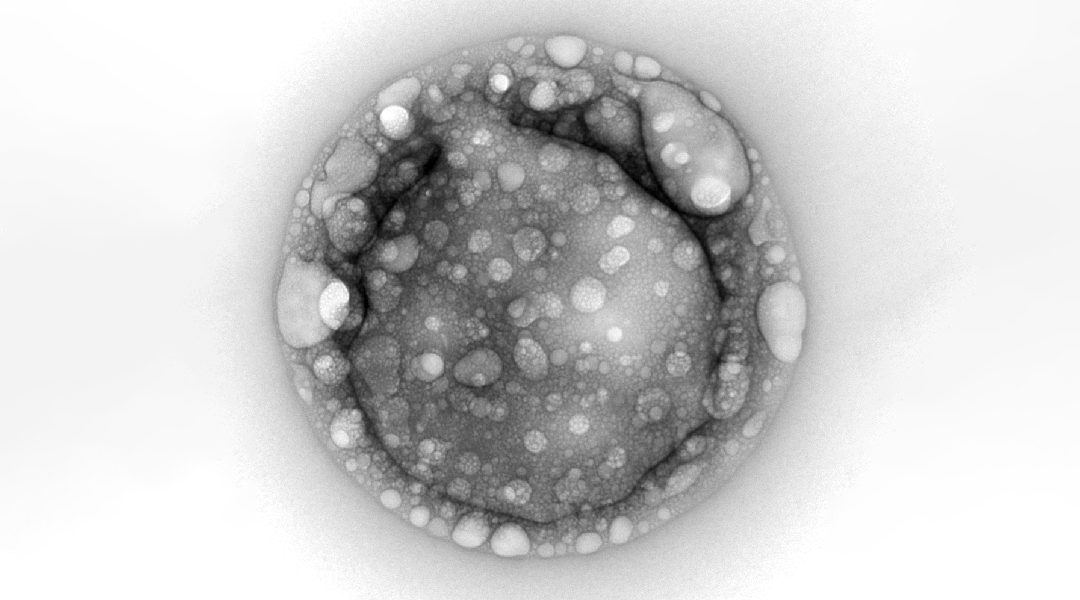
What role could non-biological molecules have played in helping primitive biological and chemical systems evolve into their current, complex forms?
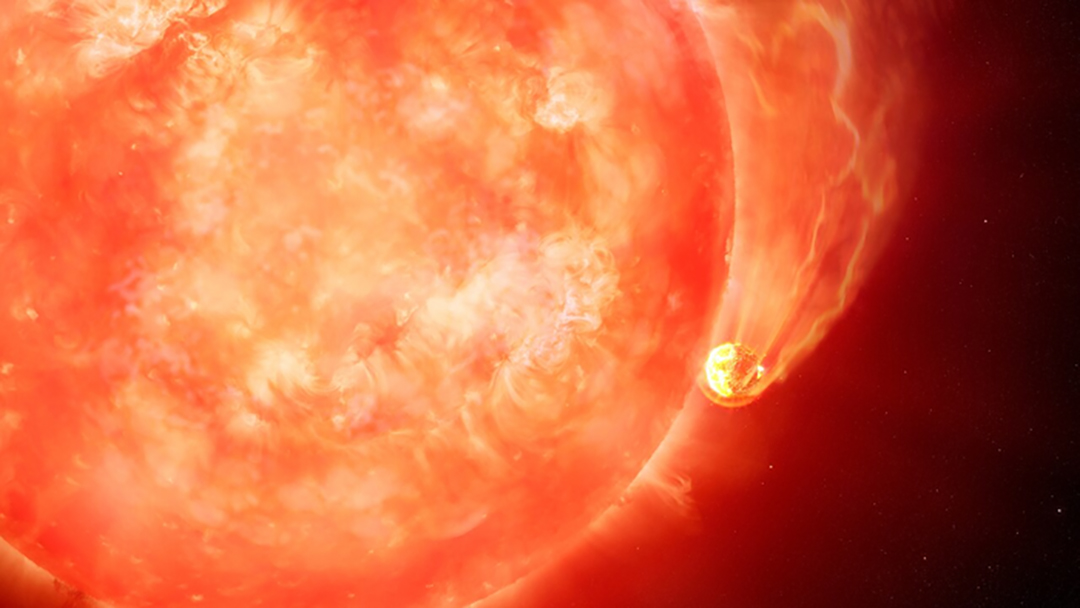
The observations of the death-row star and an unfortunate planet give us an advanced preview of Earth’s final fate.
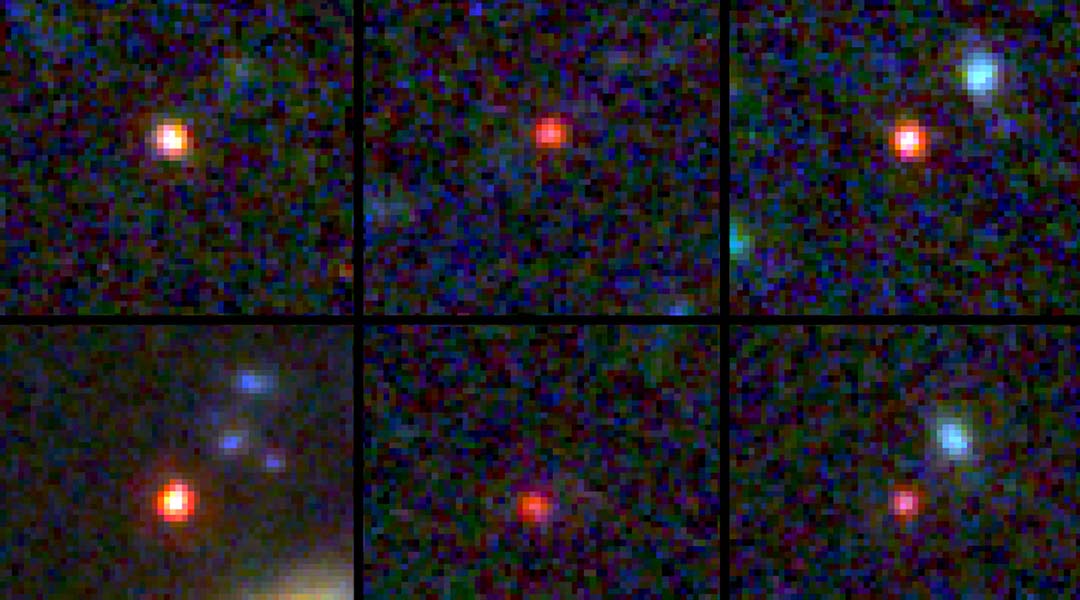
Astronomers report recent observation of six massive galaxies that according to our current understanding of the Universe should not exist at all.
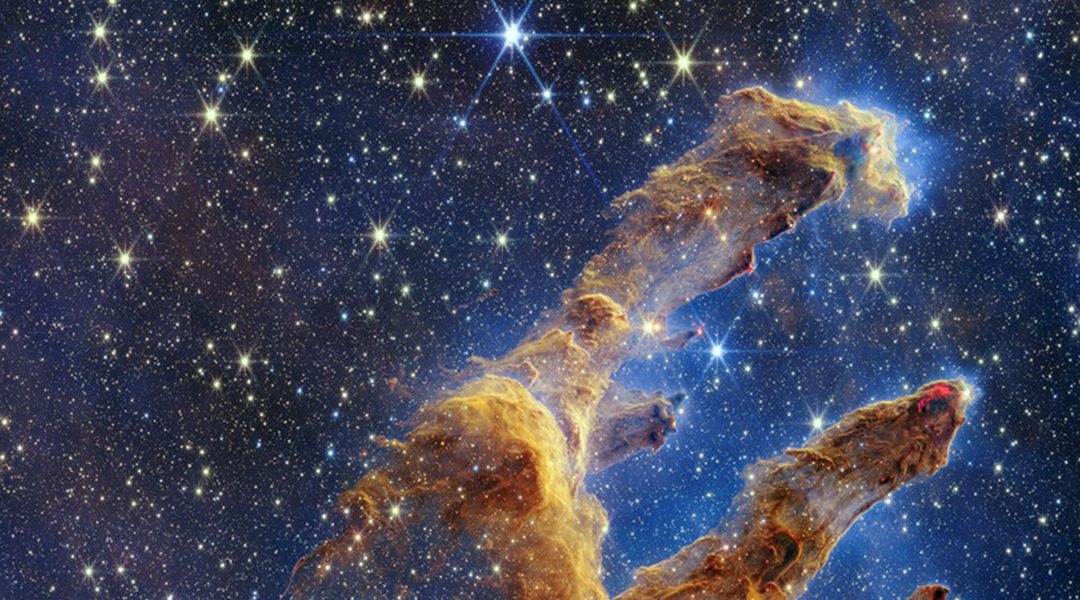
This month, NASA’s James Webb Telescope captured images of the Pillars of Creation in breathtaking detail.
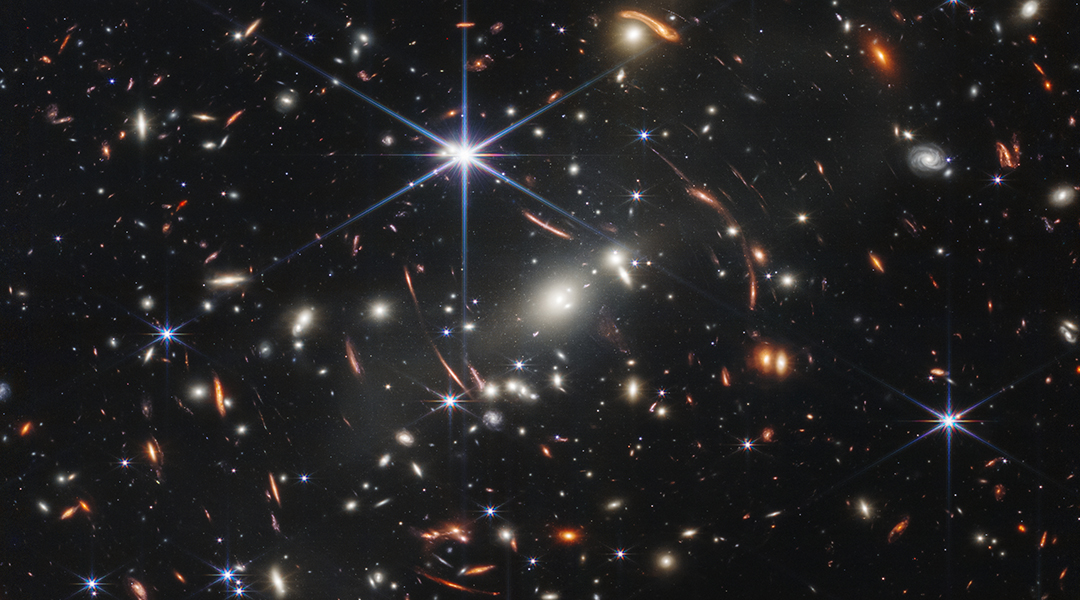
NASA has published the first five images from the James Webb Space Telescope, highlighting each of the key questions it will study.